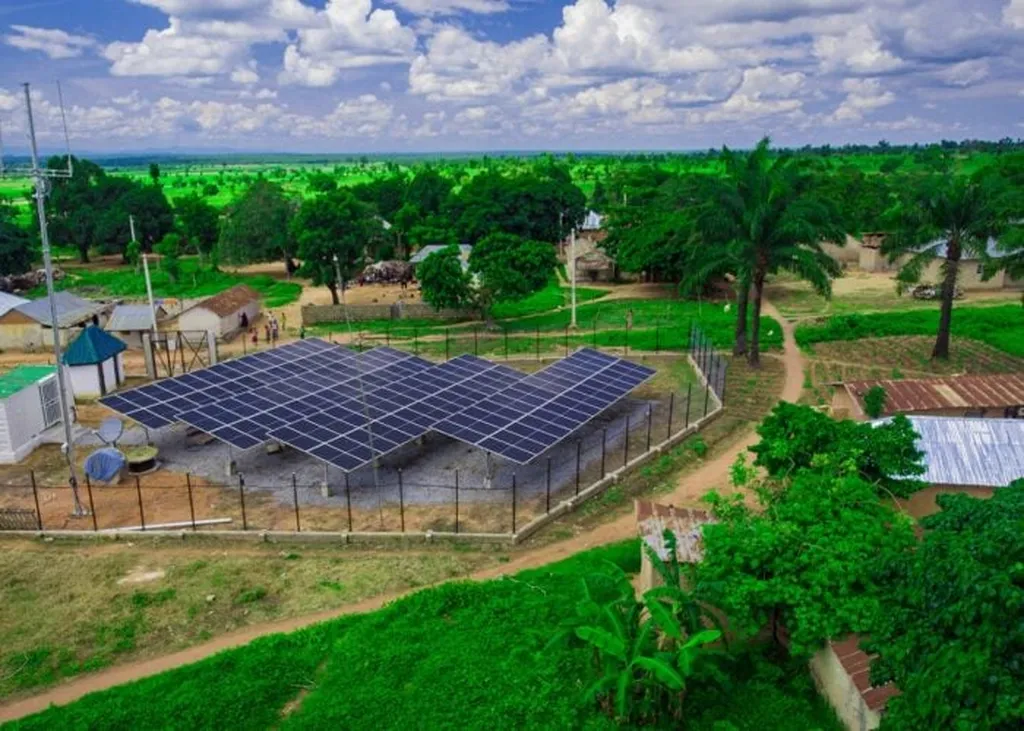In the heart of Indonesia, a groundbreaking study is shedding new light on the potential of solar power in educational settings, with implications that could ripple through the broader energy sector. Agellio Farras Aditya, a researcher from the Department of Electrical Engineering at Muhammadiyah University of Surakarta, has been leading a unique project that integrates photovoltaic (PV) panels into the electrical grid of Darool Ehsan Muhammadiyah Senior High School in Sragen. Unlike many studies that rely on simulated data, Aditya’s research uses real-time measurements to provide a tangible look at how solar power can impact energy consumption in tropical climates.
The study, part of the university’s community service program focused on renewable energy, is a practical exploration of how PV panels can work in tandem with the existing electrical grid. “We wanted to see how PV panels could reduce the school’s reliance on grid electricity, especially during peak sunlight hours,” Aditya explains. The results are promising: the integration of PV panels has shown a reduction in grid electricity consumption by up to 30% during optimal sunlight periods, with an average system efficiency of 15%.
The research, published in Elkha: Jurnal Teknik Elektro, which translates to “Light: Journal of Electrical Engineering,” provides a detailed analysis of the PV system’s performance within a load-sharing scheme. This means that the school’s electrical load is shared between the PV panels and the grid, with the PV system supplying energy when sunlight is abundant and the grid kicking in during low-light periods.
One of the most intriguing aspects of the study is its focus on a tropical climate. “Tropical regions have unique weather patterns that can affect solar panel performance,” Aditya notes. “Our study provides valuable insights into how these factors can be mitigated and optimized.” This is particularly relevant for countries in the equatorial belt, where solar energy has the potential to play a significant role in meeting energy demands.
The commercial implications of this research are substantial. As educational institutions and businesses alike seek to reduce their carbon footprint and energy costs, the integration of PV panels into existing grid systems presents a viable solution. The study’s findings suggest that with the right design and optimization, PV panels can significantly reduce grid electricity consumption, leading to substantial cost savings and a more sustainable energy mix.
Moreover, the research opens the door to further techno-economic evaluations of solar power installations. Future studies, as Aditya hints, will delve into harmonic distortion (THD) analysis for larger-scale implementations, ensuring that the integration of PV panels does not compromise the quality of the electrical supply.
As the world continues to grapple with climate change and the need for sustainable energy solutions, studies like Aditya’s offer a beacon of hope. They demonstrate that with the right approach, solar power can be a reliable and efficient part of our energy future. For the energy sector, this means a shift towards more decentralized, renewable energy systems, where every building, from schools to commercial complexes, can contribute to a greener grid. The journey towards a sustainable energy future is complex, but studies like this one are lighting the way.

